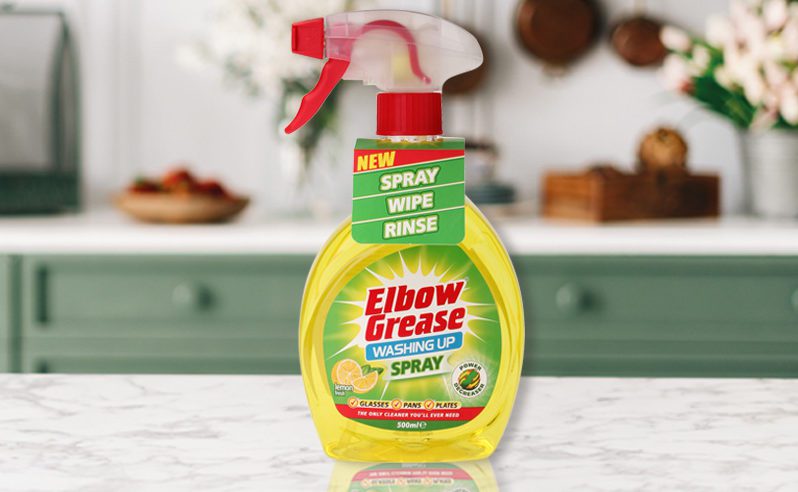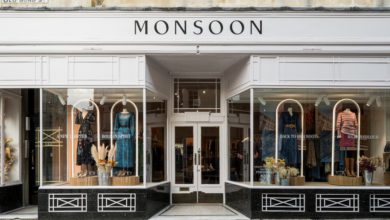Finding the affordability niche in the market and supporting consumers through the cost of living crisis
The FMCG market is evolving as the cost of living and inflation take hold, and it’s having a huge impact on consumer spending as many people turn away from household names in favour of high-quality, smaller brand alternatives

Register to get 1 free article
Reveal the article below by registering for our email newsletter.
Want unlimited access? View Plans
Already have an account? Sign in
The FMCG market is evolving as the cost of living and inflation take hold, and it’s having a huge impact on consumer spending as many people turn away from household names in favour of high-quality, smaller brand alternatives.
Consumer behaviour is changing as budgets get tighter
Consumers are now seeking alternatives to their previously preferred big-name brands and are now happier than ever to try a cheaper, quality alternative. According to a survey of more than 4,000 consumers by leading retail app and promotions business Shopmium, 69% are buying fewer items and being stricter about what they buy, with 55% also switching to lower-cost retailers.
Turning their backs on brand names in a bid to make money stretch further means more ‘challenger brands’ can make an impact on consumer spending by focusing their product offering on the value they offer. This can range from a larger size product compared to their household name counterparts or offering sale incentives such as ‘three for two’ or ‘buy one get one free’ offers to encourage a consumer to choose them over competitors.
‘Big brands’ and well-known household names are now out of reach
Cleaning household brands like Fairy, Surf and Bold have typically been the ‘go-to’ products for many consumers. However, with spending decreasing, many consumers are turning to alternatives that better suit their budget.
In 2021, Fairy was the top preferred product, with over 21 million buying this brand as their top washing-up liquid and detergent.
Yet two years on, middle-range brands have now become the ‘go-to’ for many consumers who find these products still offer the value and quality they need as they tighten their budgets.
For cleaning brand Elbow Grease, there has been over 20% uplift in sales, as consumers seek a cleaning alternative that offers value for money. The brand revealed that a surge in sales has been seen across all their product offering, particularly attributed to their household favourite All Purpose Degreaser, Washing Up Liquid and new Washing Up Spray, together with cloths, sponges and other new favourites.
Marketing is now tailored to value
No brand can expect to ignore the cost of living crisis or to continue marketing and targeting their customer demographic without being aware of the financial pressures they face. Last summer saw inflation hit its highest rate in 40 years, with many consumers choosing to cut back on spending and tighten their budgets. As the threat of a recession and the cost of living crisis continues to occupy headlines, many brands took note and tailored their marketing strategy to communicate affordability more clearly.
From focusing on how long a product can last, the multiple uses for household products, and promoting value offers, this has become the norm for marketing language in 2023.
Elbow Grease, explained how their products have been highlighted as offering “extreme value for money alongside superb quality”. Amanda Lewis, Marketing Director at Elbow Grease, said: “Affordability is key, particularly now, as we are all aware. Elbow Grease, items are giving the consumer an affordable, high-quality answer to their everyday cleaning requirements around the home.”
Now is the time for brands to show their affordability
With the economy not set to get back to 2019 stability until at least 2026, it appears that affordability and budget value will need to be the priority in marketing messages for many brands over the next few years.
Consumer confidence and spending will likely return, but now more than ever is the chance for brands to win consumer loyalty with their product offering of both quality and value.







